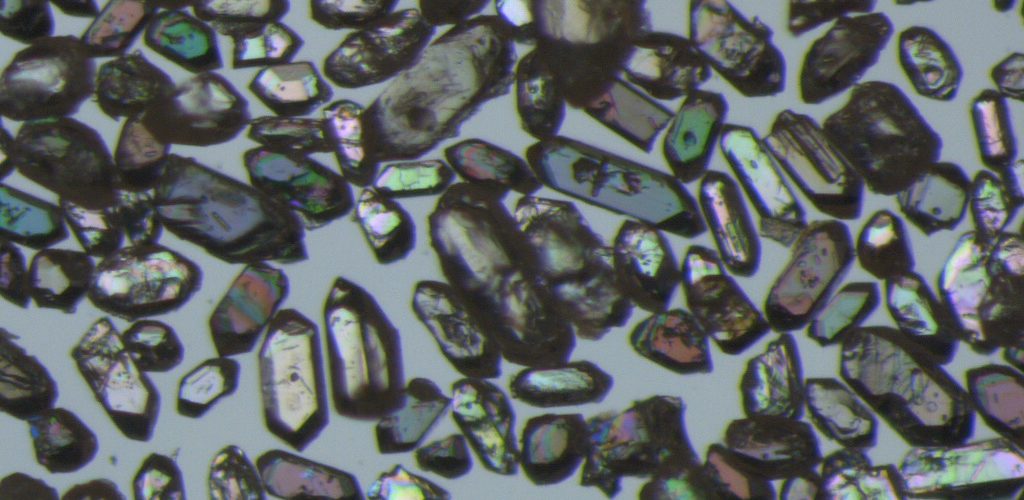Tectonics, Thermochronology, and Sedimentary Systems Research Group
Welcome to the Fosdick Lab in the Department of Earth Sciences at UConn
Our research investigates ancient and modern mountain-building to understand how tectonics, magmatism, erosion, sedimentation, and climate interact to shape Earth’s crustal structure and surface environments.
Dr. Julie Fosdick and her research group TETHYS – Tectonics, Thermochronology, and Sedimentary Systems – draw upon numerous observational, analytical, and numerical methods to study tectonic deformation, exhumation, and sedimentary processes. We combine geologic mapping, stratigraphy, low-temperature thermochronology, geochronology, sediment provenance analysis, thermal history modeling, and subsidence analysis in studies spanning the Andes Mountains (Chile and Argentina), Transverse Ranges (U.S.A), Appalachian Mountains (U.S.A), and elsewhere around the world.
Our lab group includes graduate students, postdocs, and undergraduate researchers – along with collaborating scientists at UConn and beyond. Learn more about us on group personnel, research, and the (U-Th)/He thermochronology facility.
Access a digital repository of Fosdick Lab publications here







